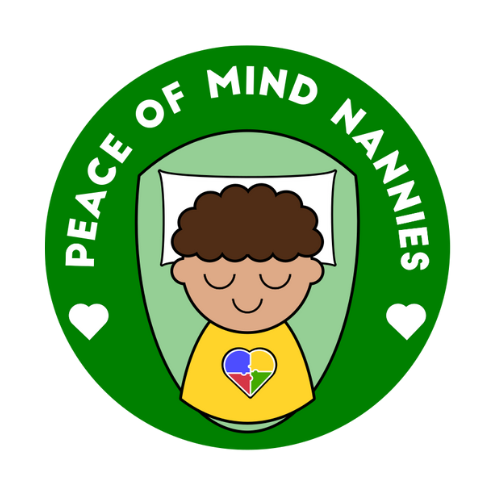Babysitter or Nanny?
Common Myths Debunked
Babysitter and nanny are used interchangeably in conversations. Most often, they’re being used incorrectly when thinking about the role and responsibilities needed from a child care provider. Below I’ll explain the common misconceptions of each.
Babysitters are High School or College Students
While a child care provider’s first professional experience may begin in high school or college, many adults in their 30s and older typically remain babysitting to earn supplemental income for themselves or their family.
Babysitters Just Play with Kids All Day
Coming in as the “person in charge” during a non-routine day isn’t easy! Babysitters are responsible for feeding and supervising children of all ages when parents aren’t home (or away), typically for a short period of time. They may spend a day or night doing enrichment or educational activities with kids, cleaning around the house, and putting the children to bed. They usually aren’t a permanent presence in the family’s home on a weekly basis.
Nannies are Just Babysitters that Work More
Unlike babysitters, nannies usually provide coordinated care as a partner with parents in raising their children. They’re employed on an ongoing basis by a family, whether part time or full time, temporary or long-term. Their work offers a family consistent and convenient high quality child care.
A nanny employs a holistic approach to taking care of children. From my Social Work background, that could mean the child’s biological (physical and mental health and nutrition), psychological (self-esteem and coping skills) and social (school and peers) environments as well. As a result, nannies may also support a child with their homework or classwork from homeschooling, social interactions with other youth or adults, and supporting the family with providing teachable moments around inclusion (ie. sharing) and diversity (ie. taking them on trips outside of their community).
Nannies Only Take Care of Kids
Every contract or work agreement between the parents and nanny is different however housework is often an additional task(s) for a nanny. Household responsibilities should stay within the expectations of child-related tasks. As a rule of thumb, light tidying/ housework shouldn’t exceed more than 10% of a nanny’s time. These tasks may include cleaning a child’s playroom or bedroom area after doing an activity; cleaning up the kitchen after serving a meal; or disinfecting the toys of a teething toddler. For any additional, light housekeeping responsibilities, pay should increase by $2-4/hour. Examples include folding household laundry or taking out household trash in common places.
Nannying Isn’t a Real Job
Nannies are child care specialists that offer educational enrichment for a child. There are numerous industry standards for the nannying field. Professional nannies receive benefits just as traditional employees working for a company, according to the International Nanny Association (INA).
A typical benefits package may include vacation time, sick time, holidays off, health insurance or a percentage of the premium paid. Nannies may also receive a bonus, access to a car to transport children, and professional development funds.
Nannies have contracts or work agreements with families. This outlines the job description, role and responsibilities of the nanny position in their home. It also highlights each other’s expectations towards that coordinated care for the children.
Nannies, on average, receive an hourly rate of $25 in Providence. They often earn more based upon experience and specialized training credentials (ie. newborn care specialists or special needs care).
Nannies are employees of the families for whom they work. As a result, both nannies and employers have legal and tax obligations.
